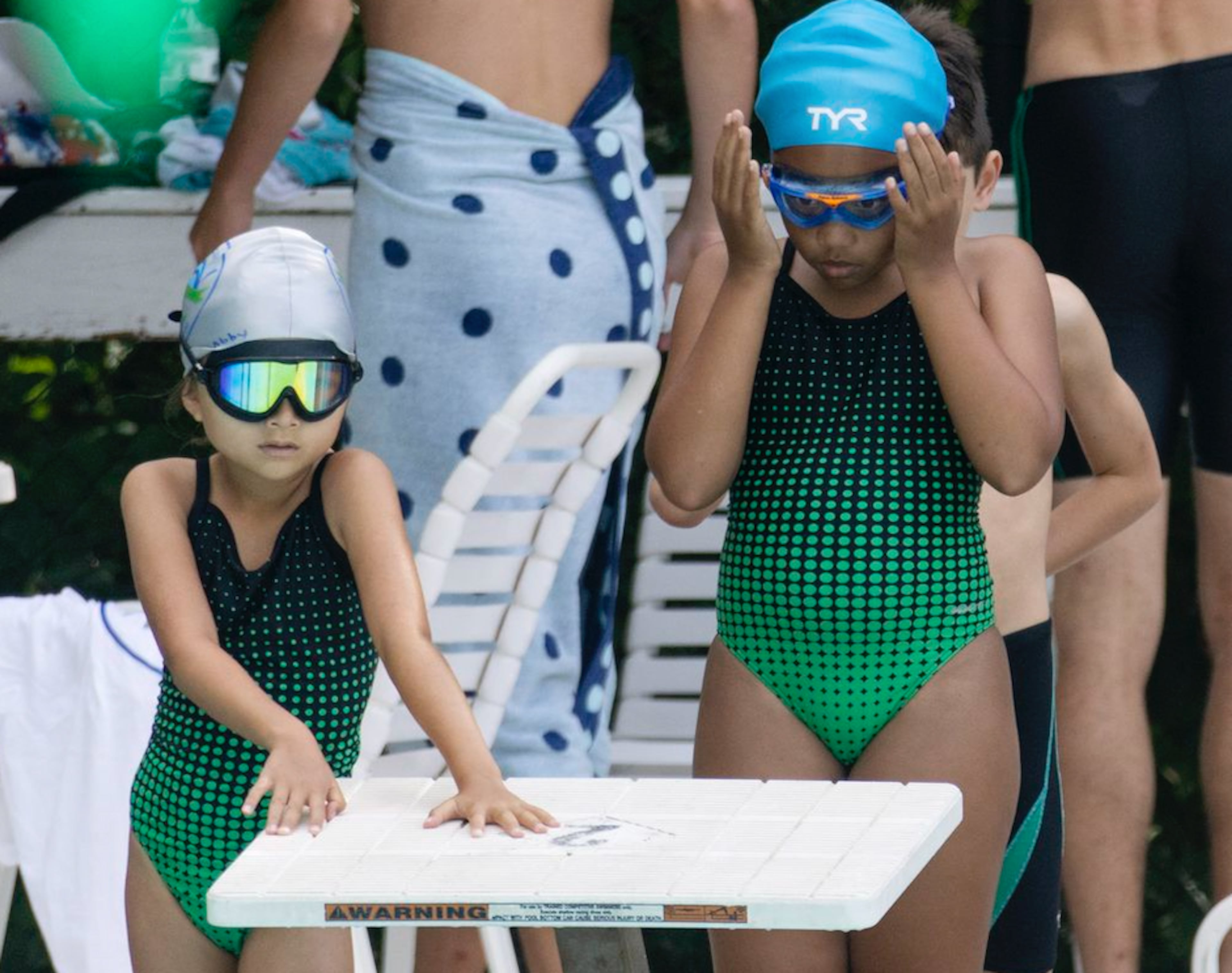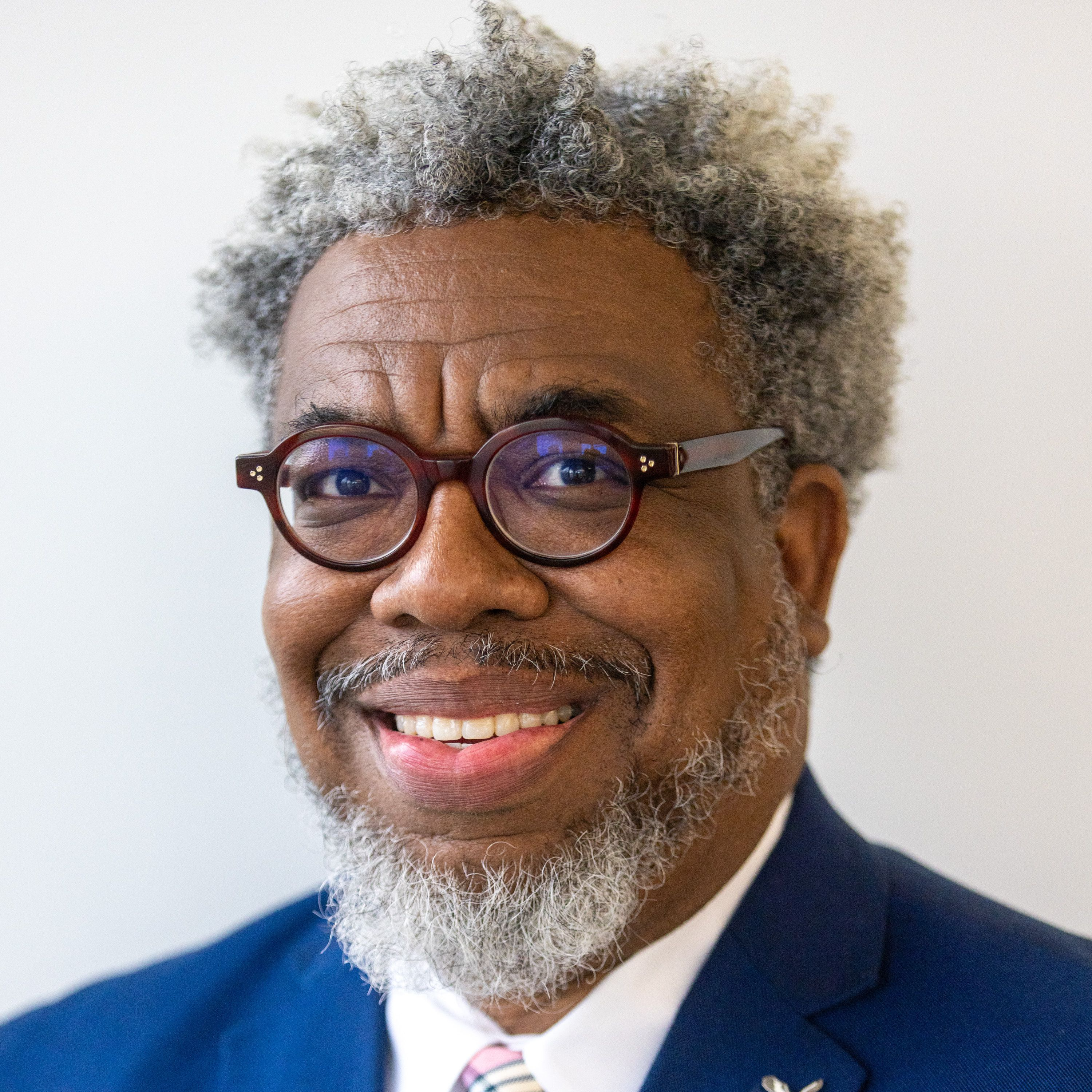Instructors try to stem tide of Black drowning deaths











Sanaya McClendon stood on the starting blocks as if she had been there before. Maybe it is in her blood.
In the first of her four practice races for the upcoming swim team season at the Leslie Beach Club, the 8-year-old, wearing a “Just Do It” swimsuit, gracefully dove into the water and easily won her freestyle heat.
Then she did it again in the backstroke.
Then the butterfly.
Then the breaststroke.

Sanaya’s mother, Maritza McClendon, was one of the most decorated swimmers in University of Georgia history on her way to becoming the first Black woman to win an Olympic medal in the sport for the United States.
But, among hundreds of youths training at the Leslie Beach Club, there were few Black swimmers — only Sanaya and 8-year-old Ava Middlebrook.
“Ever since Maritza and I got together, she has enlightened me to the disparities,” said Sanaya ‘s father, Chad McClendon, who was on the track and field team at UGA. “Maritza has opened my eyes to the lack of minorities in the water and you can see that here.”

‘A skill that can save your life’
Black children and adults trail most other groups in being proficient at swimming and drown at a higher rate than other groups.
A whopping 64% of Black children in the U.S. have little to no swimming ability, compared to 45% for Hispanic kids and 40% for white youths, according to the USA Swimming Foundation.
Because of that, according to the Centers for Disease Control and Prevention, young Black people between the ages of 5 and 19 drowned in swimming pools at rates 5.5 times higher than their white counterparts between 1990 and 2010, the latest statistics available. This disparity was greatest at ages 11 and 12 years, when Black kids drown in swimming pools at 10 times the rate of white children.

Those numbers gnaw at swimming instructor Beverly Iseghohi as summer approaches and people flock to pools, beaches and lakes to cool down and have fun.
“We do not have a culture in our communities that encourages and supports swimming,” said Iseghohi. “This skill can save your life.”

‘Don’t go near that water’
But it is a skill that many Black people never acquired because of some of the same race and class barriers that have plagued the country since well before the Jim Crow era.
In his book, “Contested Waters: A Social History of Swimming Pools in America,” author Jeff Wiltse writes that, while public swimming pools became widely accessible in the 1920s, local governments kept them segregated and available only to white people.

In the 1960s, images of Black protesters being beaten by mobs on Southern beaches and motel managers pouring acid into pools to chase Black people out served as deterrents and produced what veteran swim instructor Iilonga Thandiwe calls “intergenerational fear.”
In large urban areas, Black residents often were relegated to a single run-down pool while generations of white swimmers were made in public pools and private clubs.
Black swimming culture never blossomed.

“When parents don’t know how to swim, their children don’t know how to swim. Typically, in a Black family, you hear, ‘Don’t go near that water. Stay away from that water,’” said Thandiwe, Iseghohi’s teaching partner. “So we are passing that fear into our children.”
Mikesha Middlebrook was determined that her daughter Ava wouldn’t be burdened with the same fear.
During the training at the Leslie Beach Club, Mikesha Middlebrook and her father, James Crook, sat under an umbrella and cheered Ava on.
Ava’s brother swam competitively in high school, and her great-grandfather, Eddie Crook Jr., won a gold medal for the United States as a boxing teammate of Muhammad Ali in the 1960 Summer Olympics.

“I wanted to make sure that my children knew how to swim because I need to trust that they will know what to do in the water if something happened,” Mikesha Middlebrook said.
Representation
Since retiring from competition in 2008, Maritza McClendon has worked with USA Swimming and with her sorority, Sigma Gamma Rho, to advance and promote swimming.
“Representation matters. I am inspired by people who look like me,” McClendon said. “The next generation is looking for those idols.”
In 2004, McClendon became the first Black swimmer to win a U.S. Olympic medal. Four years later, Cullen Jones became the first Black male swimmer to hold a world record in swimming. That was followed by Simone Manuel’s Olympic gold medal in 2016 — a first for a Black swimmer. But, while Black people have made progress in the sport, there was also a setback last year, when swimming caps designed for natural Black hair were banned from the Games.
McClendon grew up in San Juan, Puerto Rico, and Tampa going to the beach with her mother. But she did not become an active swimmer until she was diagnosed with scoliosis at the age of 7. A doctor recommended that she take lessons and use swimming to treat her condition.

“My journey was challenging, so I want to make sure that I am front and center to share my good, bad and ugly and inspire someone,” McClendon said. “Through education, we are connecting. We are making a difference, but it is a marathon. It is not going to change overnight.”
‘Into the deep end’
Recently at Lake Allatoona, Iseghohi gently offered encouragement to her swim students — more than a dozen women, one man and three children — who are trying to get more proficient in open-water swimming.
As part of the day’s lesson, Iseghohi had them swim out about 12 feet into the chilly lake. Then they were to submerge their heads, tread, turn 360 degrees, float on their stomachs and backs, swim 25 yards across the lake, then return to her.
Iseghohi smiled and cheered as Phyllis Graves completed the challenge, which was no small feat, considering she started taking lessons in a pool three years ago and had no experience in open water.

“I went on my 54th birthday to Clearwater Beach, and everybody could swim but me. I swore that would never happen again,” Graves said. “I was afraid of water because it could drown me, and I could die. I was taught that Black folks don’t swim, that something could take us under the water and kill us.”
No monster in the water
Iseghohi knows firsthand. She didn’t learn how to swim until she was 42 years old. It was a fear for children that prompted her to act.
Iseghohi, 68, is still haunted by the horrific 2010 drowning of six Black teenagers in Shreveport, Louisiana’s Red River.
The six had gone with a large group of family members and friends, including adults, for a day of swimming. At some point, a 15-year-old stepped off a ledge that could not be seen in the murky river.
The other children answered her screams for help. But, because none could swim, they drowned one by one, as adults stood on the shore helpless. They could not swim either.

“The first thing that goes through my mind is this could have been prevented,” Iseghohi said. “If you learn the swim skills, it is far less likely that you are going to drown.”
She said that all it takes is for one person in a household to introduce other family members to swim culture.
Like Graves. Although she got a late start, she’s made sure that her son knows how to swim and she’s been encouraging her friends to learn.
“It is very important for our race to be out here in the water. It is freedom. I am not afraid of water anymore,” Graves said. “I know that there is no monster in the water.”


